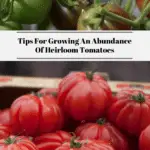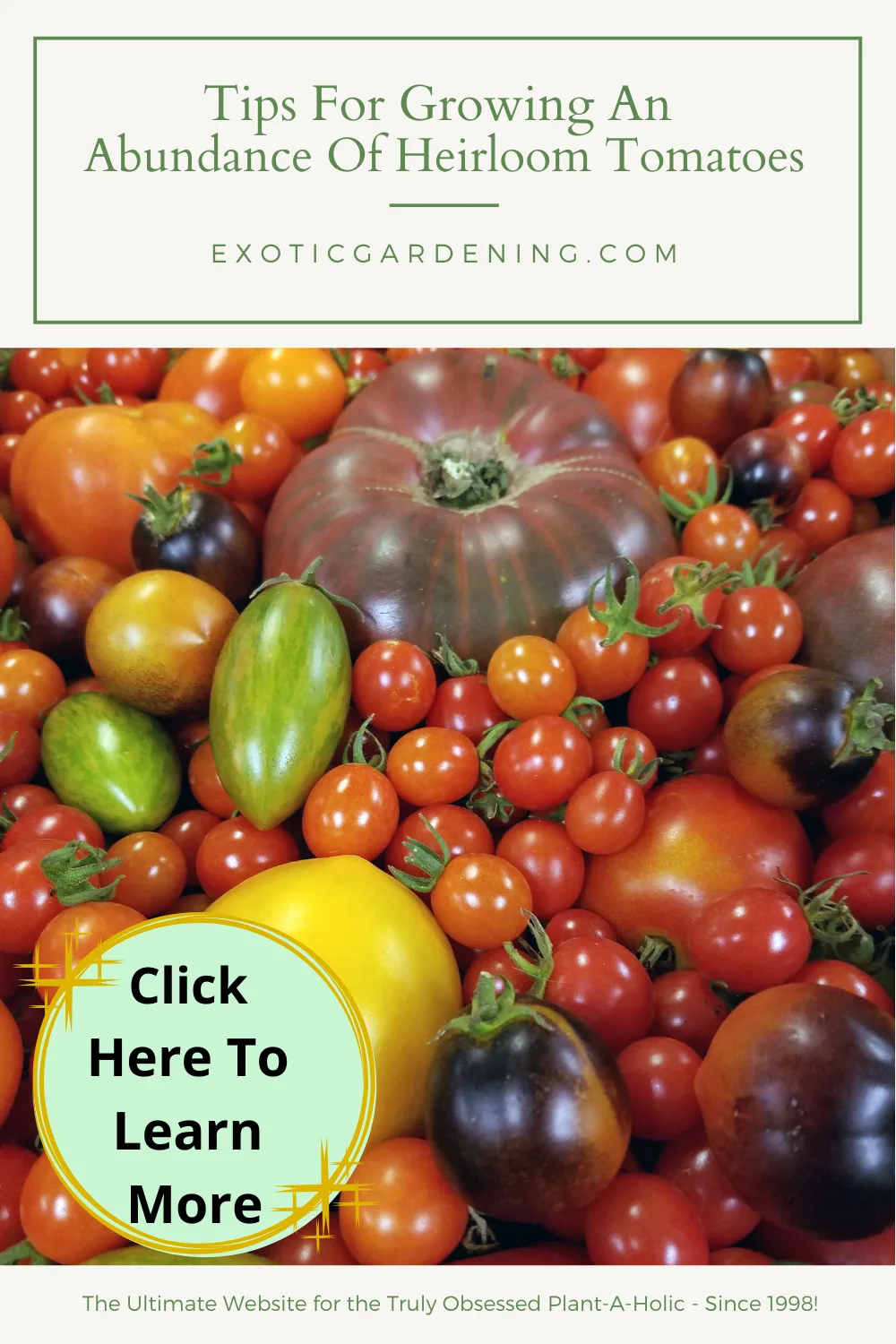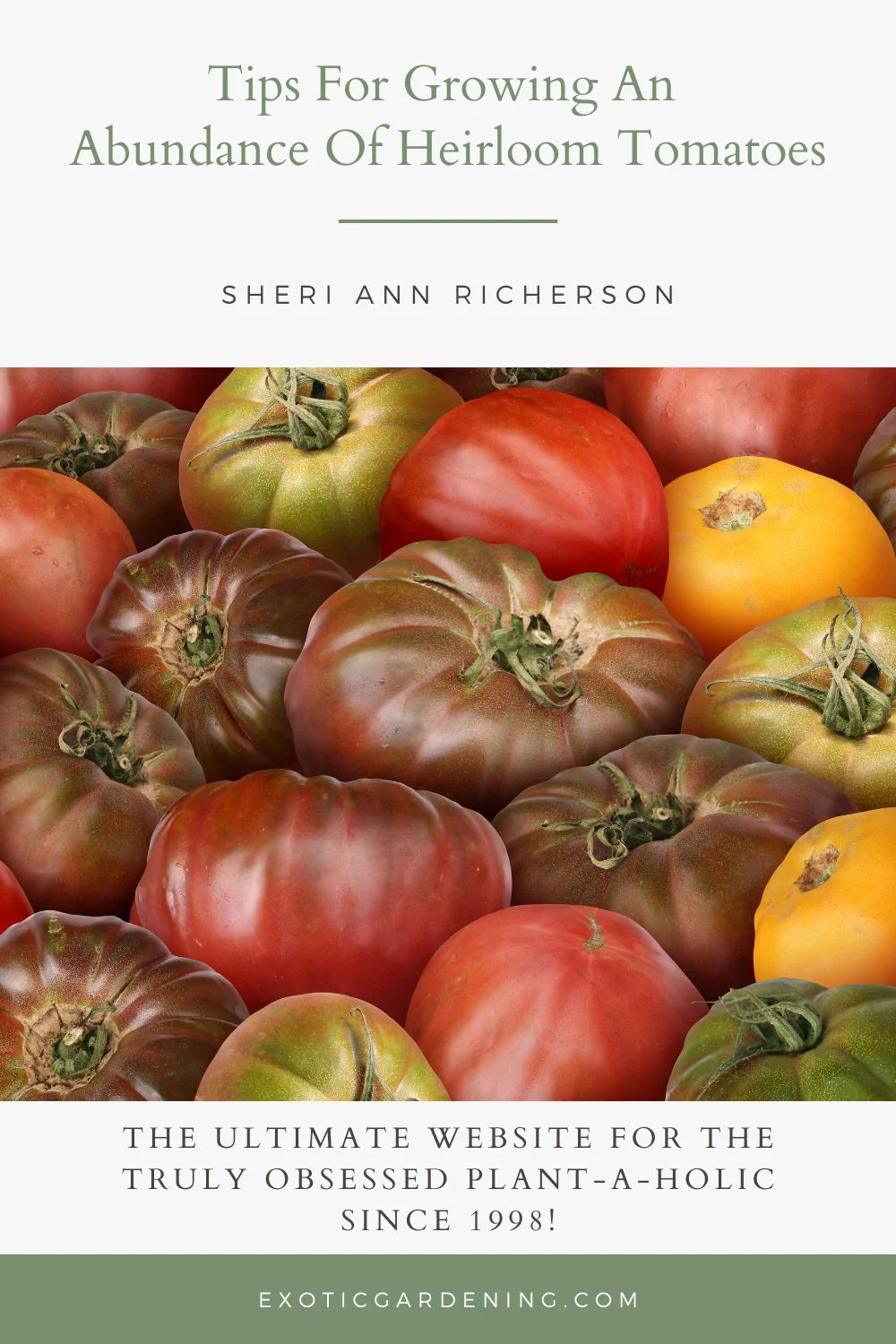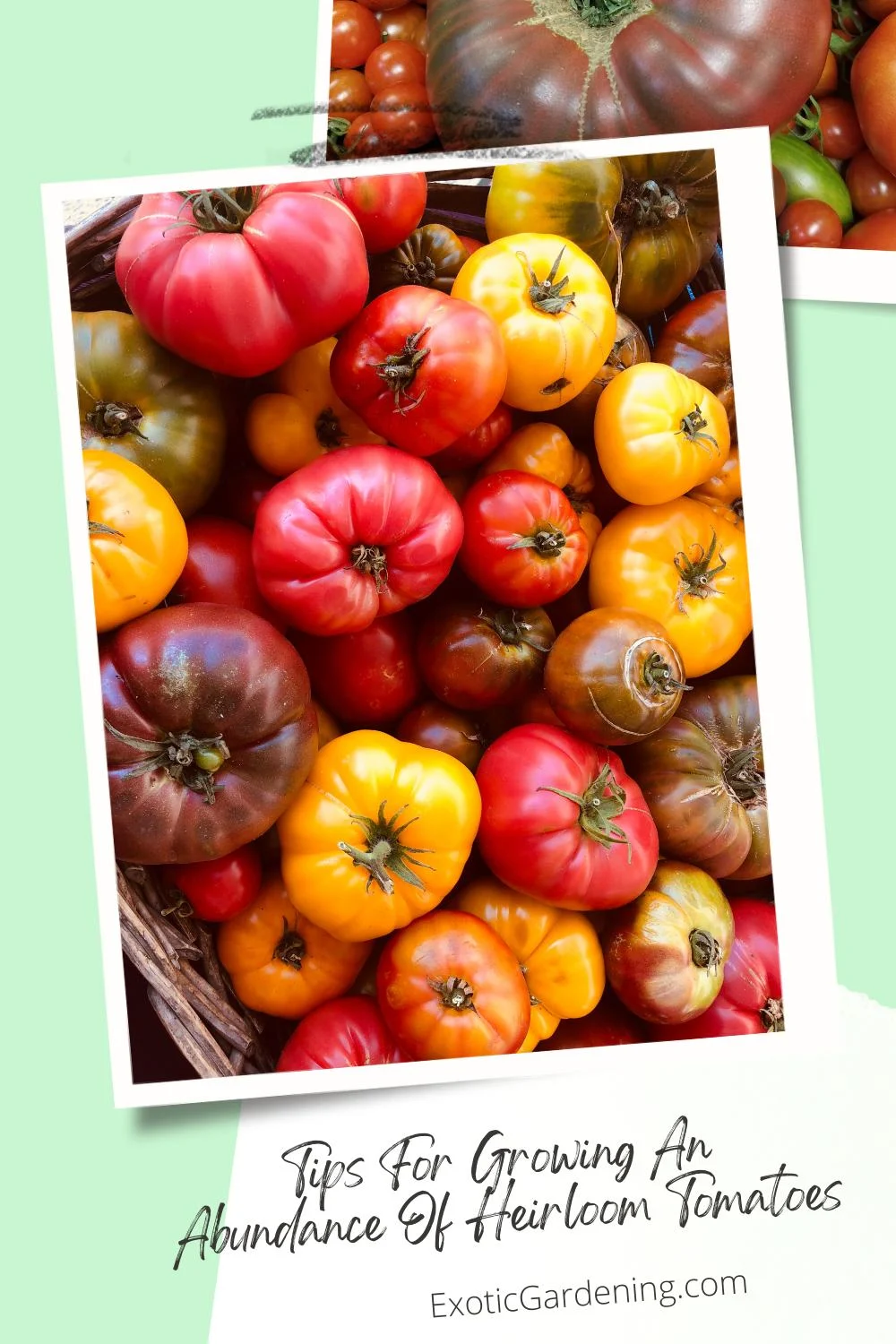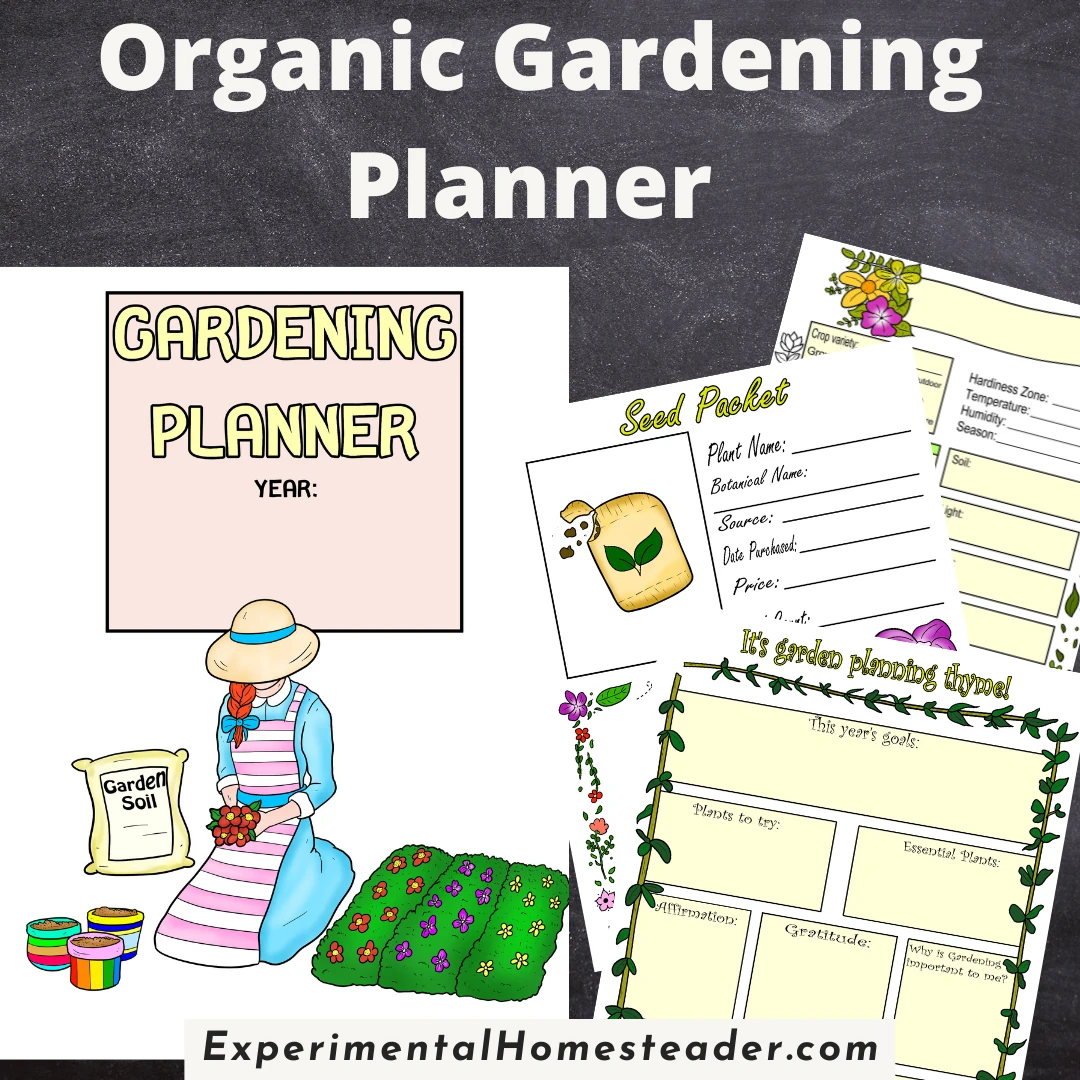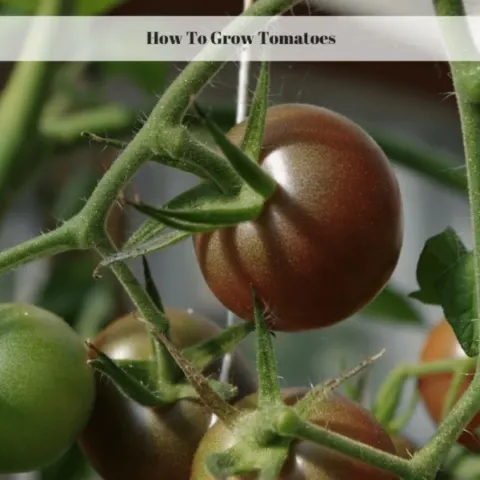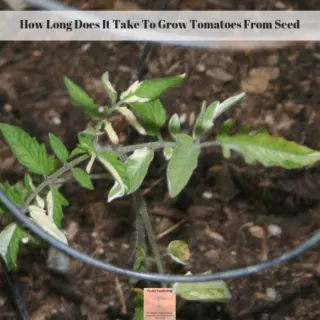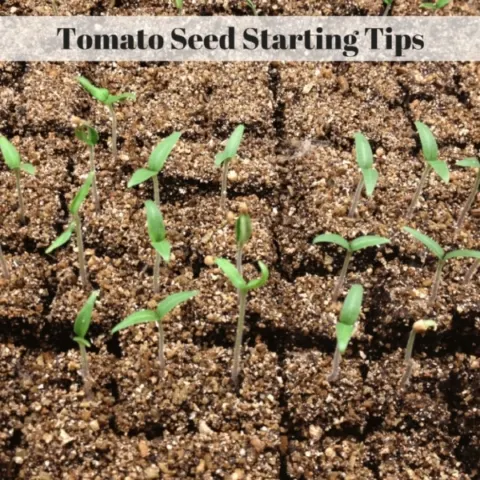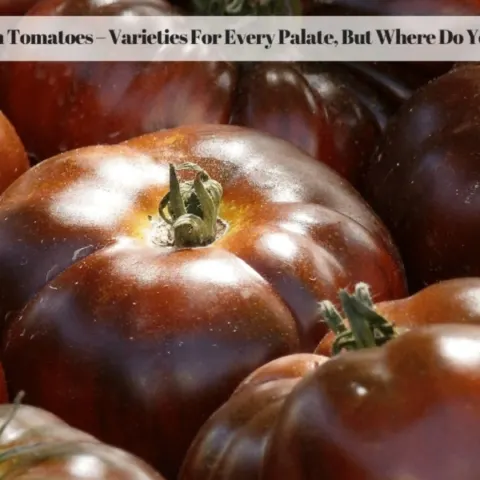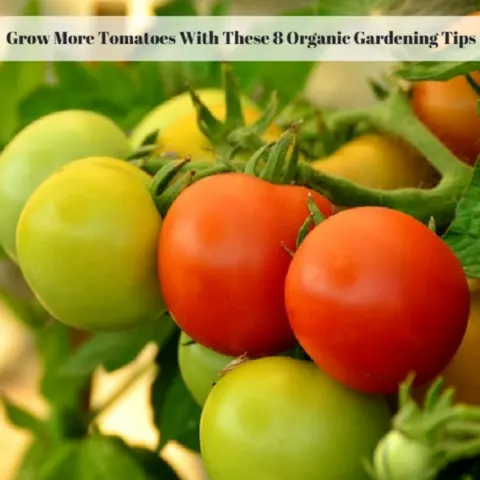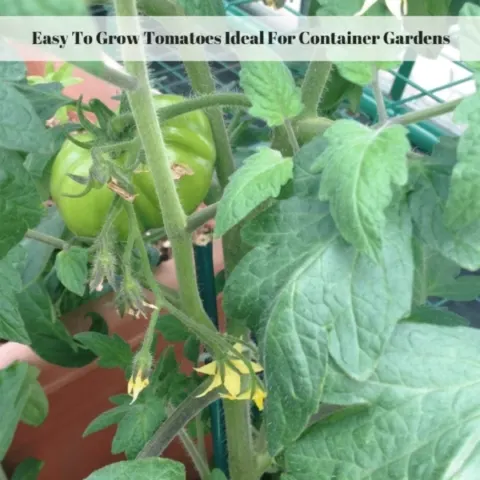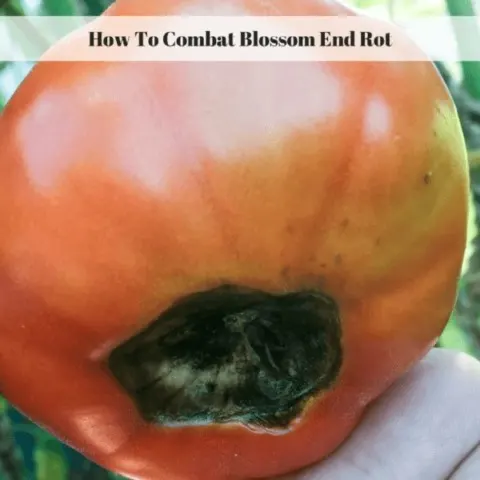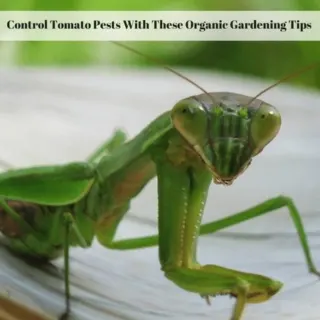Disclaimer: This is a sponsored post written by John Fendley of the Sustainable Seed Company. I only recommend products and companies I personally like.
Growing great tomatoes is easy if you know the tricks and secrets.
Growing Great Heirloom Tomatoes Is Quite Easy
Use these easy tips to grow enough tomatoes for meals, canning and seed saving for replanting the following year.
People often associate the color and shape of fruits and vegetables found in the grocery store as the standard for produce, however these uniform varieties generally lack flavor and nutrition.
Heirloom tomato seeds provide gardeners with the ability to grow their own delicious, nutritious vegetable and be able to save seeds from year to year.
Unlike hybrids, heirloom tomatoes breed true, which means the next generation will have equal quality of the first, including excellent flavor.
Start With These Tips For Growing Great Tomatoes
As spring approaches, order and start heirloom tomato seeds with these tips today!
- Start seeds indoors approximately 6-8 weeks before your area’s last frost date. These can be started in individual pots or a large tray filled with a combination of potting soil, vermiculite and peat moss. Place in a warm area, above 55 degrees.
- Once the seeds have sprouted, the seedlings will require abundant light either through grow-lights or natural daylight. Plants with an inadequate light source become spindly and weak. If daytime temperatures are warm enough they can be placed outside during the day, however be cautious about setting them in direct sun if they have not received adequate light. Gradually adjust the amount of light they receive and protect seedlings from wind.
- After all threat of frost is past and temperatures remain warmer than 55, the seedlings can be planted in the garden. Soil ph of 5.8 to 7 is ideal for heirloom tomatoes. Every gardener has their own tips, but we plant our seedlings up to the base of the first row of leaves and mix compost with the soil around the roots. Mulching and placing cans around the base of the plants may help protect them from drying winds and garden pests.
- Water at least one inch per week on a regular schedule, preferably mornings. This helps protect heirloom tomatoes from cracking, rotting and developing leaf roll. Adjust as necessary for the local conditions. Dry farmed tomato varieties are an excellent choice for gardeners in desert areas.
- Continue adding organic mulch to heirloom tomato plants to protect the tomatoes from lying and rotting on the ground. Many gardeners prefer using tomato cages to keep the fruit off of the ground.
- For best garden results, add compost and mulch throughout the growing season and rotate crops annually. Learn more about which plants provide nutrients to the soil and work best as companion plants for heavy feeders.
- Heirloom tomato seeds are available in many varieties that work well in every climate zone. It is estimated that more than 80% of tomato varieties that existed in the early 1900’s have been lost. By planting extra plants and saving seeds for the following year, gardeners are able to ensure existing varieties will remain available for future generations.
The Results Of An Growing Great Tomatoes
Gardeners will enjoy an abundant harvest from heirloom tomato seeds that can be shared with friends, canned or frozen for use throughout the other season.
Nutrition, flavor, color and the ability to provide a sustainable garden are popular reasons for learning how to plant heirloom tomato seeds.
Be sure to check out Sustainable Seed on Pinterest.
Growing Tomatoes
How To Grow Tomatoes
Learn how to grow tomatoes and how to plant tomatoes in a garden. Growing great tomatoes is easy if you follow a few simple steps.
How Long Does It Take To Grow Tomatoes From Seed
Learn the real answer to how long does it take to grow tomatoes from seed. Plus learn what factors can affect the germination process.
Tomato Seed Starting Tips
These tomato seed starting tips are sure to have you successfully raising tomatoes from seed. Growing from seed lets you to grow unique, heirloom varieties.
Heirloom Tomatoes – Varieties For Every Palate, But Where Do You Start?
Do you want to grow non gmo tomatoes in your garden? Choose your color and taste preference then grow your own organic heirloom tomato plants.
Grow More Tomatoes With These 8 Organic Gardening Tips
Learn how to grow organic tomatoes with these 8 tips. Then grow more tomatoes that are healthy and delicious right in your own backyard!
Easy To Grow Tomatoes Ideal For Container Gardens
Ever wonder how to grow tomatoes in pots outside? Start with these easy to grow tomatoes that perform well when grown in containers indoors or out!
Control Tomato Pests With These Organic Gardening Tips
These organic gardening tips for controlling pests on tomato plants help you identify, control and get rid of the problem without the use of organic pesticides in most cases.
The Bottom Line On The 3 Tomato Sampler Challenge
The tomato sampler challenge shares my thoughts on how three tomatoes taste and how fast they ripen, plus my thoughts on a fourth one.

